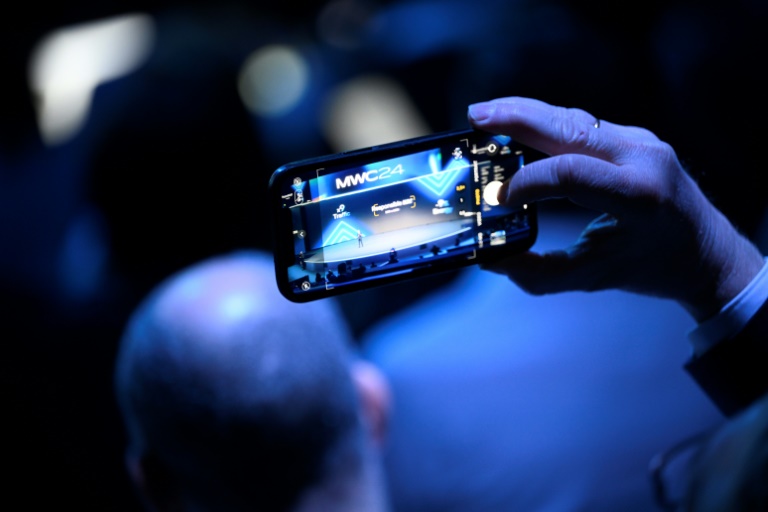Charged: Battery prices continue their downward trend

Smartphone makers are racing to develop more potent batteries that can charge faster and last longer – Copyright AFP Nelson ALMEIDA
The cost of raw materials such as lithium, nickel, cobalt, and graphite play a pivotal role in shaping the overall cost structure of lithium-ion batteries. These materials are core components of a battery cell and battery production, and the market dynamics directly affect battery pricing trends.
Li-ion battery is a type of rechargeable battery that uses the reversible intercalation of Li+ ions into electronically conducting solids to store energy.
A new report from IDTechEx “Li-ion Battery Market 2025-2035: Technologies, Players, Applications, Outlooks and Forecasts”, forecasts the Li-ion battery cell market to reach over US$400 billion by 2035. This is a market that is seeing a price reduction.
During 2022, lithium saw unprecedented price spikes due to a strong increase in demand, while nickel and cobalt also faced supply chain pressures, contributing to rising costs. In 2022, the cost of lithium, nickel, and cobalt alone could have contributed up to US$60/kWh to the cost of an NMC 811 battery. However, 2023 saw a decline in prices, with the cost of those same raw materials contributing only around US$20/kWh during 2024.
China question
According to IDTechEx Research Director Dr Alex Holland, supply and demand dynamics are critical to battery pricing. For example, Holland tells Digital Journal: “LFP type Li-ion batteries are widely used due to their comparatively low cost compared to NMC-based battery chemistries but in 2022, LFP cathode prices increased faster than expected based on underlying lithium and material prices due to a surge in demand, especially in China.”
He adds: “This, in turn, led to a fast rise in LFP cathode production capacity in China and overcapacity through 2023 and 2024. Subsequently, LFP cathode prices have fallen to as low as US$5/kg, squeezing margins for producers and highlighting the strong competition in LFP production in a trend seen more broadly across the industry.”
This is beneficial for consumers but it creates a challenging environment for new companies trying to scale production. Such firms will be competing against lower price points, and similar challenges can be seen across the supply chain.
Holland explains this will be particularly true “for companies and ventures aiming to establish production bases outside China and Asia, where players can benefit from economies of scale, lower labour costs, and favourable supply chains.”
As an example, companies such as Northvolt have struggled in quickly scaling production, while electric vehicle (EV) manufacturers in Europe and North America remain concerned over the influx of low-cost EVs from China, in part enabled through the use of low-cost LFP batteries.
Policy and technology innovation
Yet the medium-long-term outlook for the Li-ion market remains positive, Holland explains. There continues to be broad policy support for both EVs and renewable deployment, both of which rely heavily on Li-ion battery technology. Here Holland states: “Policy and regulation, including the US Inflation Reduction Act and emissions performance standards in Europe, will continue to create stable demand for EVs outside of China while increasing deployment of renewable power will continue to drive the adoption of energy and battery storage systems.”
In addition, technological innovation continues to improve battery performance. Holland observes: “Advancements from solid-state batteries, silicon anodes, optimized cell designs, and more advanced battery management systems can offer safer, more energy-dense, faster charging, and longer-lasting batteries.”
Charged: Battery prices continue their downward trend
#Charged #Battery #prices #continue #downward #trend





